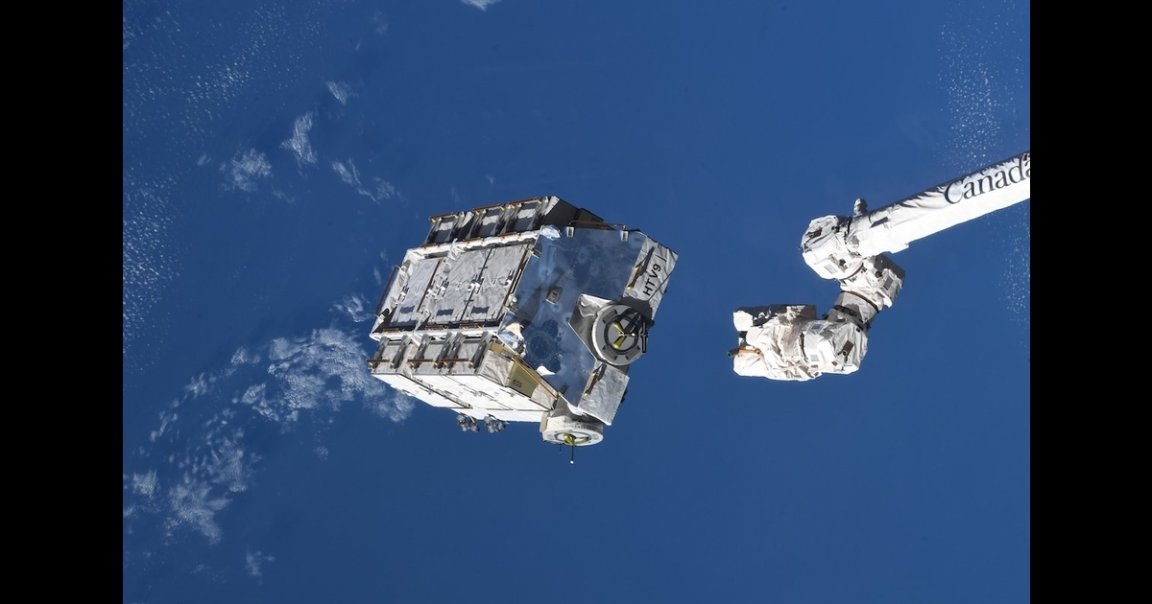
Take Out The Trash
NASA jettisoned a massive load of garbage into orbit from the International Space Station (ISS) last week.
The trash is a whopping 2.9-ton cargo pallet of old batteries that was used to power the station, according to Spaceflight Now. The garbage is expected to orbit the Earth for two to four years before it enters the atmosphere.
A Hunk, A Hunk Of Burnin’ Batteries
If you’re worried about a nearly three ton pallet of batteries landing on your house one day, don’t fret: the garbage jettisoned from the ISS is typically burned up upon re-entry.
In fact, the H-II Transfer Vehicles (HTV) used by the Japanese space program to transport supplies to the ISS is typically disposed into orbit once it accomplishes its missions. Eventually, the HTV burns up on re-entry with any remaining pieces landing in the Pacific Ocean.
Likewise, the pallet is expected to burn up as it enters the atmosphere “harmlessly,” said Leah Cheshier, a NASA communications specialist, to Spaceflight Now.
So yeah, it’ll just be some harmless flaming batteries hurtling towards the Earth at unfathomable speeds. Very comforting!
Space Dump
Though you wouldn’t think so, space is actually a really messy place — or at least that’s the case with the space around Earth.
Space debris is mostly made up of pieces of spacecraft, defunct satellites, and rocket parts that zoom around our planet in low Earth orbit, according to NASA. Like garbage on the ground, orbital debris can pose a massive danger — especially when you consider the fact that the trash can hit speeds of 18,000 miles per hour.
Luckily, there are some initiatives proposed to “recycle” the orbital garbage. But it doesn’t really help when billionaires keep sending their cars into space.
READ MORE: Garbage pallet jettisoned from space station will stay in orbit two-to-four years [Spaceflight Now]
More on space garbage: Reconsidering Space Debris: Can Space Junk Be Useful?